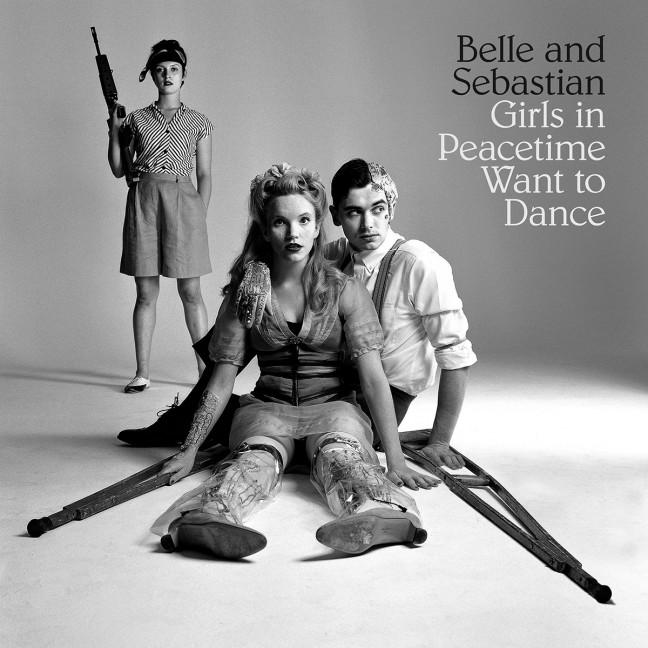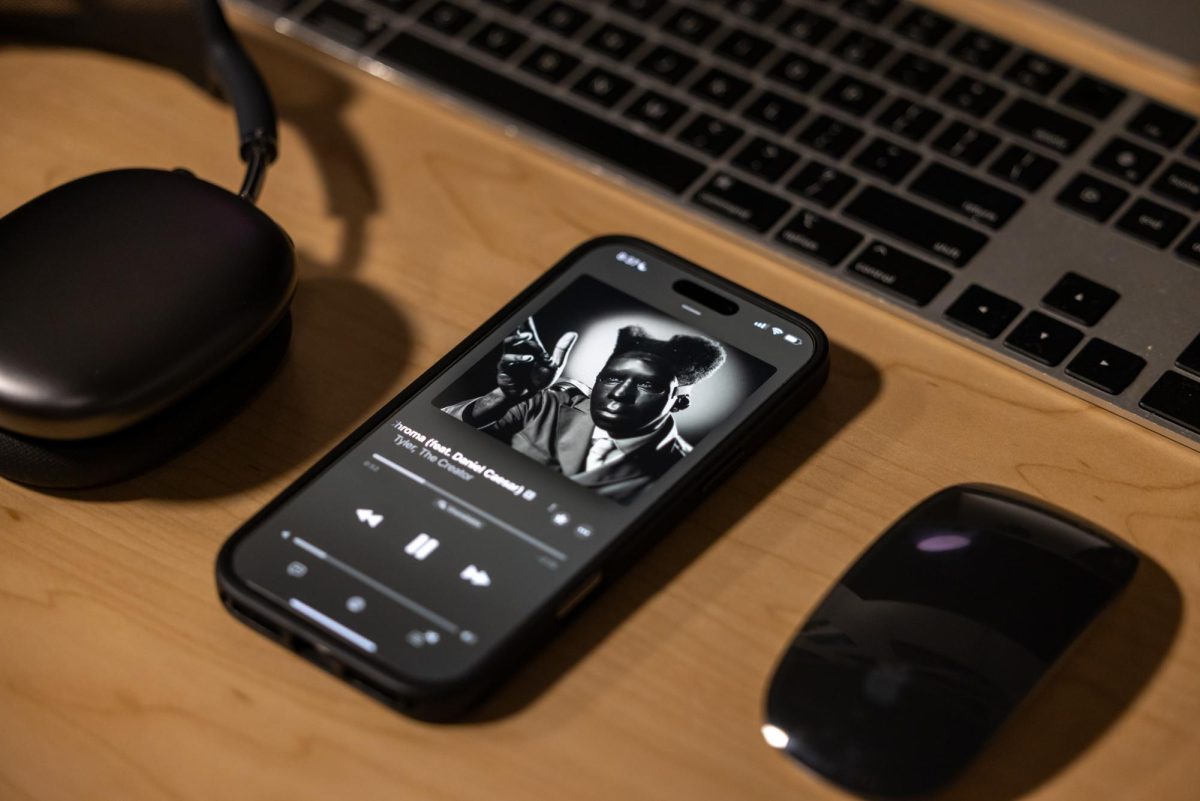Using the arbitrary metric of Coachella poster placement, it seems like Scottish pop band Belle and Sebastian is doing pretty well, scoring a second-line spot amidst such acts as Alt-J and the Weeknd. While some festival-goers may question Belle and Sebastian being in such big text, the critically acclaimed yet commercially-under-the-radar band has proved it deserves being foremost in the genre.
This Glaswegian sextet has been crafting smart, airy, melodious indie-pop tunes since 1996. Known for their solid discography of wistful songs, their newest album, Girls in Peacetime Want to Dance, does not disappoint.
Their ninth album, the band’s first full-length album since 2010, holistically cannot be compared to anything the band has produced before. This was clear from the outset, with the lead single “The Party Line,” easily the most danceable track in the generally dancey album. It’s difficult to listen to “The Party Line” without subconsciously swaying to those initial underwater-sounding beats. From there, the track doesn’t stop. With its synth and guitar interplay it feels like a fun, sunny track despite Stuart Murdoch’s melancholy voice.
“The Party Line” is not alone in the category of songs you would never ever expect to hear on early Belle and Sebastian. A lot of the middle to late part of this album features instrumentation that would sound completely foreign put up against prior works such as Tigermilk or If You’re Feeling Sinister. For example, the sixth track “Enter Sylvia Plath” demonstrates clear New Wave influence reminiscent of such bands as New Order. The background features chugging short bursts of laser-like synth, laying the ground for another groovy, danceable track.
“Perfect Couples” also stands out as a contemporary take on classic Belle and Sebastian. Starting off with a bongo beat before the guitar riff comes in, Murdoch uses a sort of urgent, ironic delivery to cut through the hollowness of modern social interaction. “Thank you for the invite tonight / Perfect snack foods / Perfect drinks / I get ideas from your interiors / Perfect apartment / Perfect kids.” And this is all before a line about sexual tension by the fridge and mention of organic figs.
Arranged next to these up-tempo tracks are the sort of quiet, melancholy, slower tracks that are more typical of Belle and Sebastian. “The Cat with the Cream” stands out amongst these songs. With big, arching strings, Murdoch showcases his trademark fragile talk-whisper. Murdoch tells of a sort of dreary existence with hopeful daydreams as the best reality. Oblique, metaphorical lyrics such as,“Sitting at the old kitchen table / Peace and health and dreams / Stretching out in the darkness,” are classic Belle and Sebastian.
As a result of this experimental and varying track list, Murdoch and company manage to fit a lot of different types of songs onto the same album. It almost feels outrageous that songs as different as “Nobody’s Empire” and “Play for Today” come from the same artist, much less appear on the same album.
While the vast variety of sounds on this album could be perceived as a testament to this new versatility of Belle and Sebastian, it instead comes across as disjointed, so much so the album can easily be divided into four sections: tracks 1-3 are powerful, up-tempo true pop songs; tracks four and five are more quiet and softer; tracks 6-8 show a more electronic, whimsical side; final four tracks are all drawn out and quiet and could all pass for album-closers.
Girls in Peacetime Want to Dance, despite containing many great individual tracks (this can’t be understated), ultimately sacrifices cohesion for a sort of showcasing of the newfound versatility of Belle and Sebastian.
3.2/5














